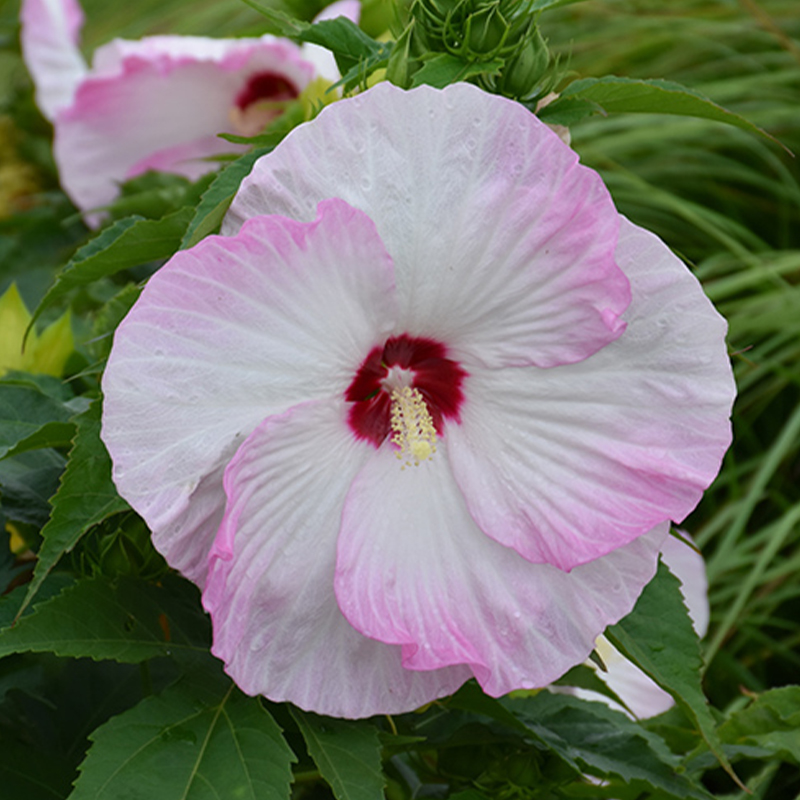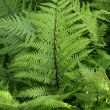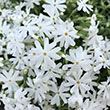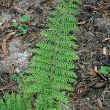You're shopping: DAVIDSONVILLE
(change store)
Hardy Hibiscus - HIBISCUS SUMMERIFIC ASST 2G

HIBISCUS SUMMERIFIC ASST 2G
no reviews for this product. Login to place a review.
Your Price $39.99
Item Number 615314
In store quantity:
30
Summerific Hibiscus
Height: 4 feet
Spread: 4-5 feet
Sunlight: Full sun / Partial shade
Hardiness Zone: 4a
Other Names: Rose Mallow, Hardy Hibiscus Group/Class: Summerific(R) Collection
Brand: Proven Winners
Large, eye-catching blooms make Summerific Hibiscus a bold statement in the garden. Flowers vary by variety but are typically wide, open-faced, and vibrant, with dramatic centers that attract pollinators. These hardy perennials bring tropical flair to temperate gardens and perform beautifully in borders, mass plantings, or as stand-alone specimens.
Ornamental Features
Summerific Hibiscus varieties produce large, showy blooms in colors ranging from pure white with crimson eyes to rich pinks, reds, and bicolors. Depending on the variety, petal edges may be accented with subtle pink blush or other tonal highlights. The bold flowers appear from mid-summer into early fall, standing out against lush green foliage that may feature red veining or burgundy tones.
Landscape Attributes
These herbaceous perennials have an upright, spreading habit and a coarse texture that contrasts well with finer-leaved plants. They are reliable pollinator magnets, attracting butterflies and hummingbirds. Summerific Hibiscus requires occasional maintenance, such as cutting back stems in late fall. While generally deer resistant, gardeners should be aware of potential insect issues and self-seeding tendencies.
Recommended Applications
- Mass plantings
- General garden use
- Naturalizing and woodland gardens
- Accent and focal point plantings
- Pollinator gardens
Planting & Growing
Summerific Hibiscus grows to about 4 feet tall at maturity, with a spread of 4 to 5 feet. Space plants approximately 4 feet apart for best results. Fast-growing and long-lived, they can thrive for 5 years or more in the right conditions. As perennials, they die back to the crown in winter and regrow in spring - avoid disturbing the crown during dormancy.
These plants thrive in full sun to partial shade and prefer evenly moist, well-drained soil. They do not tolerate standing water. Adaptable to different soil types and pH levels, they also tolerate urban conditions well. Mulch in winter to protect in colder or exposed areas. Summerific Hibiscus is part of an interspecific hybrid group and may be propagated by cuttings where allowed, but some varieties have propagation restrictions.
Recently Viewed Products
FERN 'DEER FERN' QT
$12.99
FERN 'LADY IN RED' QT
$12.99
PHLOX 'SNOWFLAKE' QT
$9.99
FERN 'SOFT SHIELD' QT
$12.99




